Virtual power plants are all the rage right now on both U.S. coasts. A utility will group together a bunch of residential batteries, call on that stored energy when the grid needs it most and compensate storage customers for that access. But is the VPP something solar and storage installers can sell to customers?
Yes — if installers are involved with the right battery brands in the right utility territories.
While VPPs in the Northeast have been established for a few years, many programs in the West are just entering pilot phases. Because of their experience, Northeast VPPs have transitioned from one-battery-brand programs to bring-your-own-device (BYOD) setups. Some of the more recent VPPs in California only work with specific battery brands but may soon switch to the BYOD model after more data is gathered.
For example, one VPP pilot program through Southern California Edison (SCE) only works with Generac PWRcell batteries, while the ConnectedSolutions VPP working with three utilities in the Northeast accepts seven inverter brands and their associated batteries: Enphase, Generac, Outback/sonnen, Sol-Ark, SolarEdge (including LG batteries), SunPower and Tesla.
For sonnen energy storage installers in SCE territory, there are not currently any VPP enrollment opportunities. But for New York sonnen dealers in National Grid territory, it may be beneficial to loop VPP compensation into initial sales conversations.
RevoluSun is doing just that with its solar + storage customers in Hawaii. Hawaiian Electric has contracted aggregator Swell Energy to establish a 100-MWh VPP across the islands of Oahu, Maui and Hawaii using only Tesla Powerwalls. Luckily, RevoluSun is a huge Tesla dealer across the state — installing upwards of 1,000 solar systems each year that are paired with Powerwalls. Depending on VPP usage, customers are credited on their utility bills, something RevoluSun pitches during initial sales conversations.
“From a sales point of view, we factor in this new potential income,” said Josh Powell, RevoluSun CEO. “People are paying $500 each month for electricity [in Hawaii], and they can save half of that tomorrow if they go solar with batteries. You throw a VPP on top of it, and you maybe just took another $50 or $100 out of the equation. It’s a really powerful incentive in that sense.”
Battery suppliers involved in VPPs are also encouraging their installers to use VPP enrollment as a sales tactic. Generac has alerted its dealers about the SCE VPP and set up a website for easy customer enrollment, said Bud Vos, president of Generac Grid Services.
“The VPP concept and the ability to create [additional compensation] from a utility is going to improve the ROI for the customer,” he said. “You have a customer putting thousands of dollars’ worth of stuff on their house. If we can improve that ROI pretty dramatically, in some cases by almost 50% depending on the region of the country, that’s very compelling.”
The first step to using VPPs as a sales advantage is to understand the chain of command, from customers on up to the utility. First there is the residential customer using a specific battery behind the meter. The storage system interacts with a software platform used by an aggregator to join multiple batteries into a VPP. That VPP is presented to the utility. The installation company lies somewhere in the middle and doesn’t have to do anything except suggest customers sign up to participate in the virtual power plant through the battery company, aggregator or utility.
SunPower’s SunVault energy storage system was a late addition to the approved battery roster in the ConnectedSolutions program. Nate Coleman, chief products officer at SunPower, said the company had to ensure its software controls platform could interface with the utility’s management platform, something that will have to be verified for each VPP. SunPower first set its sights on the ConnectedSolutions program in the Northeast because of its major geographic reach and established administration, but the company is already exploring more areas of the country for VPP enrollment.
“We’ve seen that California, Hawaii and the Northeast are the leading regions for these types of programs; however, there are high-quality programs across the United States, and new VPP programs are continuing to emerge as utilities recognize the benefits,” Coleman said.
While many in the VPP game are excited about potential growth areas, the pool of functioning VPPs is small in 2022. If the stars align for installation companies, the potential compensation for participating in a VPP could push solar and storage customers over the finish line. Companies like SunPower are encouraging their dealers to use these new incentives to get more customers to go solar + storage.
“With nearly half of homeowners having experienced an outage in the last year, solar providers and utilities need greater collaboration to create grid resiliency,” Coleman said. “Even though utilities are early in their adoption of VPPs, it is an effective way to take the stress off of our aging energy infrastructure while putting more money into customers’ pockets.”
With more customers choosing to install batteries with their solar systems — 6% of solar systems installed in 2020 were paired with batteries, while SEIA predicts that number to rise to 25% by 2025 — utilities can take advantage of the growing abundance of stored energy.
“This is unequivocally the future of consumer energy,” said Powell of RevoluSun about virtual power plants. “If you’re not installing batteries, you need to figure it out.”
The work that RevoluSun has already put in for the last five years to ramp up battery installs has set up easier sells with virtual power plants.
“We feel like we’re able to follow through on promises we’ve been making to customers: Your energy asset is worth investing in, and you’re going to be able to get more out of it later. We’ve talked about things like that with a little asterisk, hopeful that this was where the market is going,” Powell said. “My recommendation is: Get on the bus. It’s moving quicker than you think.”
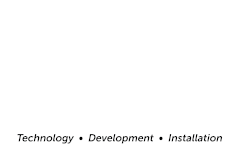
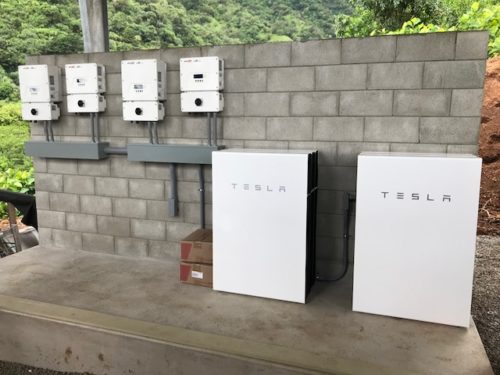

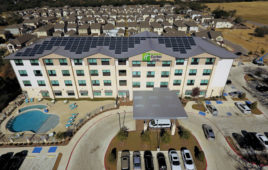

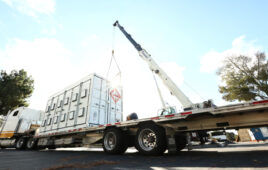
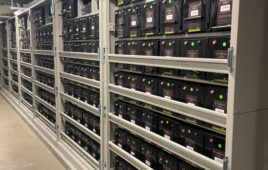
Kelly, nice article! There is a hybrid to the VPP model using traditional demand response. Customers with solar+battery can respond to DR events by exporting their battery power to the grid using a mode, such as SunPower’s sell to grid. I’ve been doing just that with PG&E and OhmConnect using my Solar+Battery system. I earn watts points that I can trade in for an Amazon gift card or other items. Not as lucrative as some of the VPP benefits, but provides a revenue stream until offered a VPP option by my utility.